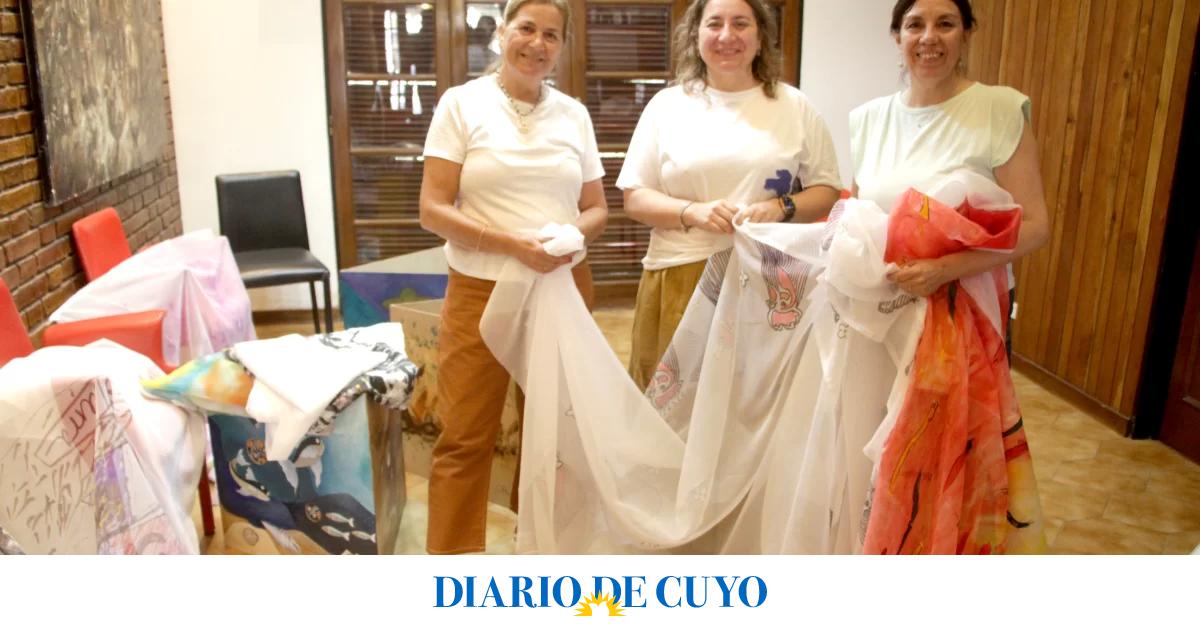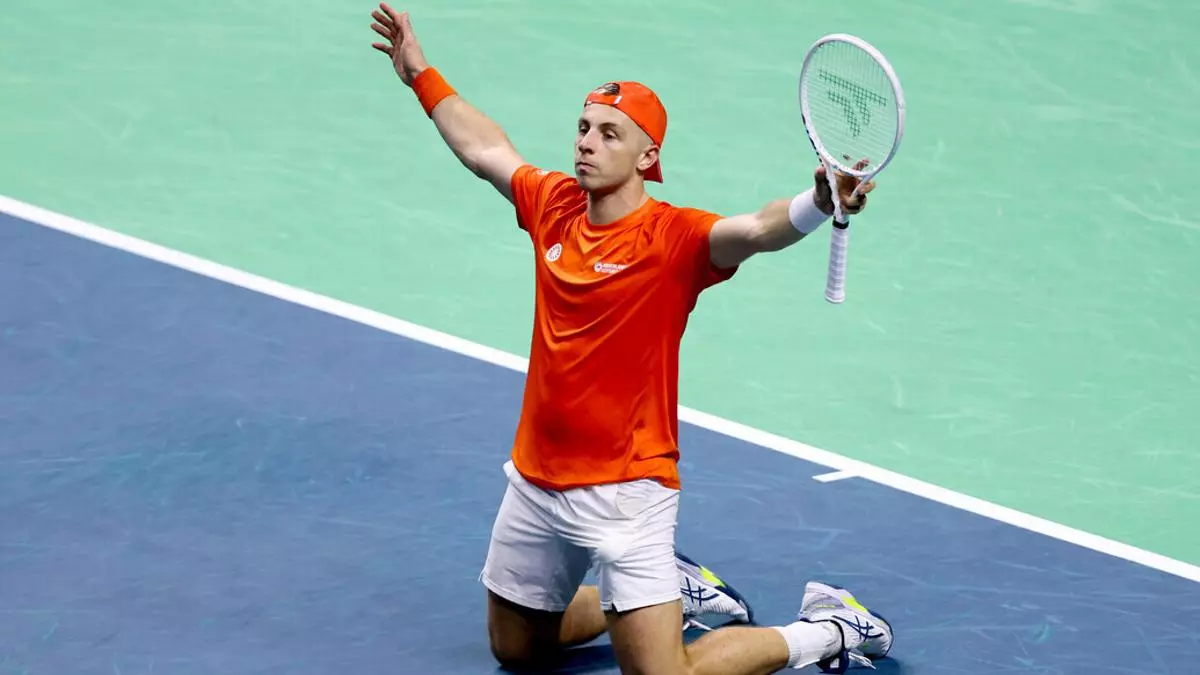Eugenio Candido Montes He was born on November 23, 1924 into a Spanish family from Albuñol, Granada, with whom he arrived in the country by boat. He would have turned 100 today, surrounded by the affection of the three men he had in San Juan with the Madrid-born María Esperanza Rubio -Maruja, who died two years ago-: Eugenio, Luis and Andrés (there was also a girl, the eldest, Eva, who was born in Spain and died here when she was very young), who gave them 9 grandchildren. They were the ones who especially wanted to remember that grandfather that they learned to love through others… and also through those works of art that they saw as something everyday in their homes, those of family and friends all their lives. Eugenio left very young, he was barely 55 years old when death found him sleeping, on May 30, 1980. However, in that short time of life, he amassed a copious and valuable artistic legacy, even more so from a distance; and that it was not only another way for his descendants to connect with the one who had left so soon, but also testimony to a prolific passion that he embraced when he was very young and that he exercised in Argentina and abroad.
In familywith Maruja and their three children: Eugenio, Luis and Andrés.
Son of Francisco Montes and Nicolasa Bezunartea, one of the five younger brothers of Francisco Salvador Montes – who founded DIARIO DE CUYO in 1947 -, he knew how to contribute to the family business by working on cables (on pages 1 and 2, they say) and he stood out with caricatures and political humor for Tribune de la afternoon (at the beginning of the ’70s), cartoons that he signed as ‘Candi’. But in truth his thing was oil paintings, inks, watercolors, pencils… With that objective he traveled to Mendoza, then to Buenos Aires and in 1951 to Spain, to study Fine Arts and color characters, landscapes and customs of the land he where he was born, where he also specialized in caricature and advertising drawing. After some time in Madrid, at the end of the ’50s he returned to San Juan. In all those places he left work: landscapes, portraits, nudes, still lifes and even pennants and much more, but he never commercialized his art. They say in his family that he gave everything to his loved ones. The public was able to enjoy some of these creations in the exhibitions he held during his lifetime; and a dozen of them – oil paintings, among which were El kiosco de la plaza, Vieja Esquina and Camino a Vallecito – in the one that his children organized in the Santiago Paredes room of the old building of the Franklin Rawson Museum of Fine Arts (on Av. . Rawson), a couple of decades ago, which this medium echoed. Today a good part of that production remains in the hands of the family, exhibited or kept like a treasure, like that box with the knobs of oil paintings that, pressed by his own hands, remained waiting for him; and which is preserved today by Franco, one of his grandsons, an engineer who inherited a taste for painting.
At the moment there is no work by Eugenio Cándido Montes – whose name was given to the press room of the Provincial Police Headquarters in the mid-90s – in museums, but they confess from those around him that it is a family wish. at some point, donate some paintings. The idea is that they can be exhibited as they deserve and appreciated by art lovers in this province that he chose, loved and which he also knew how to capture with his talent.
> TO GRANDFATHER
“The work transcends the artist” they say and we know that this is true. To talk about someone you have never met in person is to rest comfortably in the love and memory of others. Between small and blurred anecdotes and beautiful art, love for a grandfather we never had grew in us. His physical presence was not needed for a place for him to nest in our soul. The work was there, on all the walls of his house, in mine, in that of his most beloved relatives, in Cuyo and in Tribuna, there in Albuñol in the mouths of some who, with curiosity, remembered him; on the streets of Mendoza, even in the San Juan police station.
It was simple and magical at the same time to bring your fingertips close to the dry oil paint that drew a building on a street in Madrid. You could be there, still sitting in the living room armchair. Getting lost in the eyes of the black and white photo that hung on the wall of my grandmother’s room was common. It’s not that you go through life looking at any photo and wishing with all your soul that that person would come back and talk to you even once. It’s not that this back and forth of memories is always happy and fun. Fate is cruel even to give us beauty, because that is what my grandfather left in this world, the beauty of his hands that tamed our eyes and transformed into eternal love.
I stand in front of any painting. Some paint a distant Madrid, others portray a deserted San Juan, the kiosks in Plaza 25 de Mayo are also there. Some naked women, a shoeshine boy, even a Christ. Thousands of drawings, bulk caricatures. His briefcase with used oil paints is also present.
I didn’t hear his voice nor did his hands caress my boyish face, I didn’t walk next to him or hear his laugh, I didn’t see him paint, I didn’t see him be a journalist, or a father, or a husband, or a friend, or a man. I did not experience its essence firsthand other than through its art and that also sounds like belonging.
100 years after his birth I want to get lost in one of his works to pay tribute to him and also why not expect him to come in my dreams to tell me some anecdote.
Daniela Montes
**What specific initiatives could museums and cultural institutions take to ensure that Eugenio Candido Montes’s work reaches a broader audience and receives the recognition it deserves?**
## Interview: Remembering Eugenio Candido Montes on His 100th Birthday
**Website Editor:** Today we celebrate the 100th birthday of Eugenio Candido Montes, a prolific artist who left an enduring mark on the San Juan art scene. To commemorate this occasion, we are joined by two special guests: [Guest 1 Name], a prominent art historian specializing in Argentinian art, and [Guest 2 Name], Eugenio’s granddaughter and keeper of his artistic legacy.
**Section 1: Life and Legacy**
**Website Editor:** [Guest 1 Name], Eugenio’s work spans various mediums and styles. Could you tell us more about his artistic journey, the influences that shaped his work, and what makes him stand out in the context of Argentinian art history?
**Guest 1:**
**Website Editor:** [Guest 2 Name], growing up surrounded by your grandfather’s art must have been a unique experience. What are some of your fondest memories associated with his work and his personality? How did his artwork shape your understanding of him as a person?
**Guest 2:**
**Section 2: The Man Behind the Masterpiece**
**Website Editor:** The article beautifully describes Eugenio’s dedication to his craft, prioritizing art for his loved ones rather than commercial gain. [Guest 1 Name], in the art world today, where commercial success often overshadows artistic integrity, what does Eugenio’s approach tell us about the true essence of art?
**Guest 1:**
**Website Editor:** [Guest 2 Name], your grandfather’s work wasn’t solely confined to fine art. He contributed to journalism through caricatures and political cartoons, adding another layer to his creative expression. How do you think these different facets of his creativity interconnected and influenced each other?
**Guest 2:**
**Section 3: Preserving the Artistic Legacy**
**Website Editor:** The article mentions the family’s desire to see Eugenio’s work showcased in museums.
[Guest 2 Name], what are the current plans for preserving and sharing his legacy with a wider audience?
**Guest 2:**
**Website Editor:** [Guest 1 Name], from an art historical perspective, what steps need to be taken to ensure that Eugenio Candido Montes’s contributions are recognized and celebrated for generations to come?
**Guest 1:**
**Website Editor:** We want to thank both our guests for sharing their insights and memories with us today.
This interview serves as a tribute to Eugenio Candido Montes, a man whose life and art continue to inspire. His story reminds us of the power of art to connect generations, transcend boundaries, and leave an everlasting impact on the world.
Please note: You will need to replace “[Guest 1 Name]” and “[Guest 2 Name]” with the actual names of your chosen guests.


